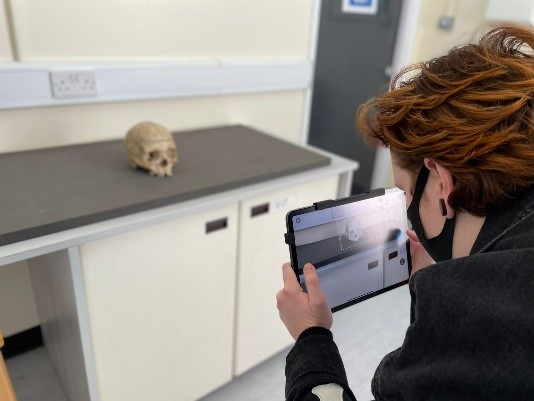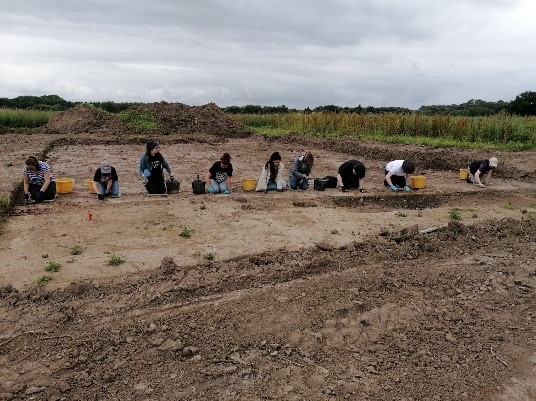
Forensic Anthropology and Bioarcheology
Linked closely to our decomposition research facility, our research in Forensic Anthropology and Bioarchaeology focuses more specifically on human remains across various geographic and historic contexts. With close links locally with the Poulton Archaeological Trust and internationally with the Cyprus Reference Research Collection, student and staff researchers have access to excavation sites and skeletal material from a variety of time periods. The research undertaken here allows us to better understand aspects of search, recovery and identification of human remains and factors influencing these aspects in both forensic and archaeological settings.

Established alongside the launch of the MRes in Forensic Anthropology & Bioarchaeology in 2019, research has covered a wide variety of topics within human skeletal anatomy and paleopathology including:
- Sexual Dimorphism of Contemporary Greek-Cypriot Humerus using Binary Logistic Regression.
- Skeletal Entheseal Changes as a Proxy of Occupational Lifestyle in the Oneida DOCS Skeletal Collection.
- SfM Photogrammetric techniques as a convenient and cost-effective method in forensic anthropology.
- Analysis of Traumatic Fractures Applied to Bone Prior to Burning.
- Morphological changes of the lower leg: A review of taphonomy, trauma and palaeopathology on the tibiae and fibulae of the Poulton collection
With a dedicated osteology work room, we are well equipped to undertake a range of skeletal analyses and regularly offer casework consultancy when remains are discovered locally. From search and recovery advice, through to site visits and post excavation analysis, we can make good use of traditional methods of fieldcraft and morphometrics alongside modern technologies such as UAVs and the facilities in the FAST 3D lab to undertake work which is at the forefront of the industry.



